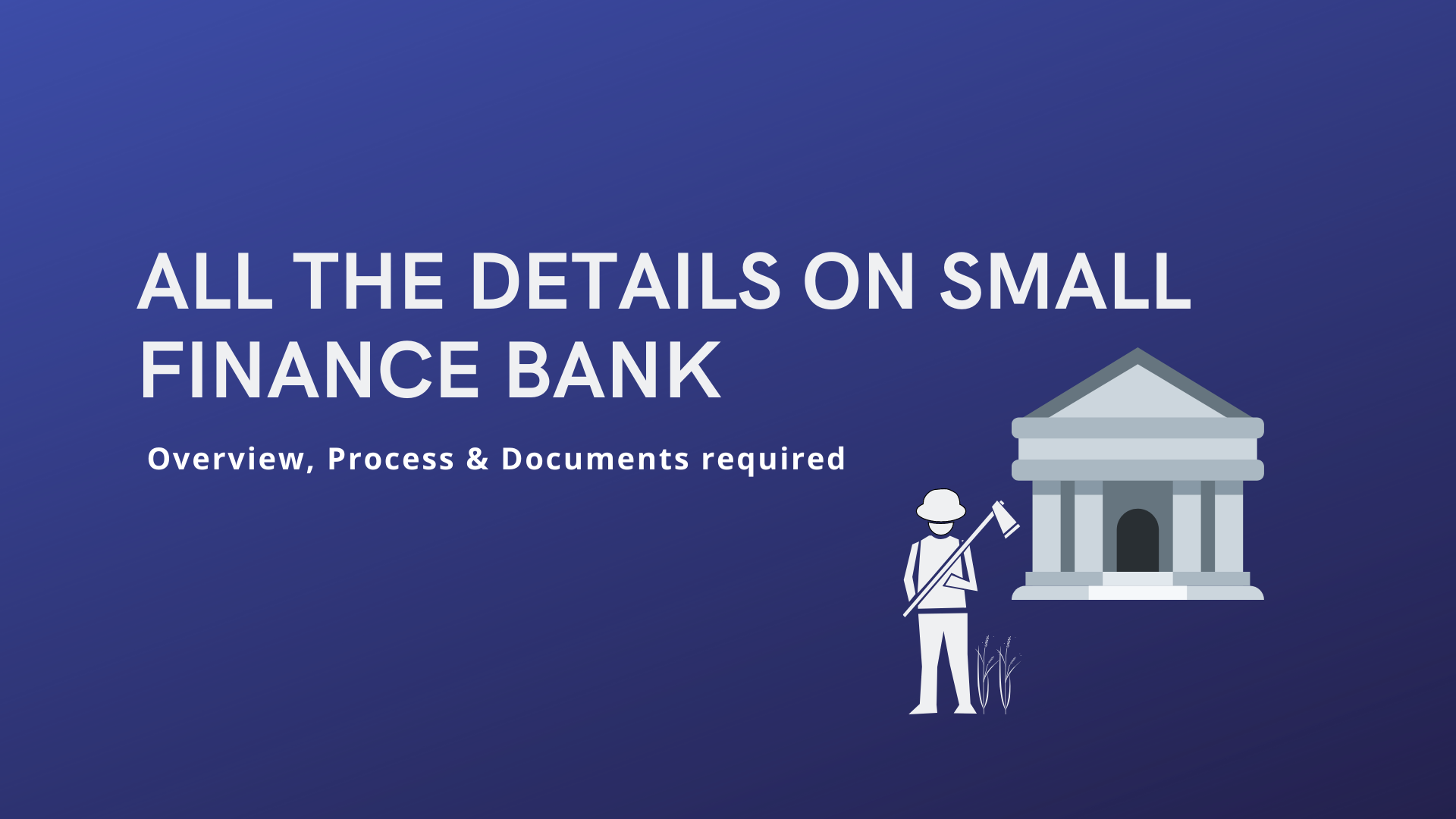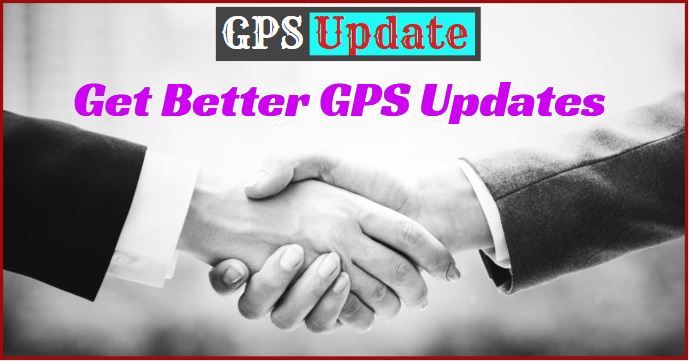

7 Tips for Safe Online Shopping
Online shopping is convenient and easy, but it can also be dangerous. These tips may mean the difference between a successful transaction and identity theft!

Image from Emprender-Facil.com
Online shopping has become one of best products of modern technology, and consumers of every age are eating it up. After all, there are a lot of reasons why online shopping is the best way to shop nowadays – it’s convenient, you get better and more competitive prices, you won’t need to physically hop from store to store to compare prices, there are a variety of choices, expenses are fewer, and you won’t have to physically deal with crowds. Best of all, you won’t feel guilty for the saleslady who keeps eyeing you while you casually browse but don’t but (we’ve all been there). It’s basically haven for all shoppers!
However, there are a lot of people precautioning others about the perils that come with online shopping. Phishing attacks – which is when thieves attempt to swindle you out of your log in credentials or acquire your credit card information by pretending to be a legitimate website or online bank – has always been a lurking but constant danger in the online shopping stream.
But this doesn’t mean that you can’t protect yourself and your information from them. To protect ourselves, a little bit of knowledge goes a long way.
1. Looks for the lock
You may have noticed by now that some websites like Facebook and Google have a padlock symbol in the URL bar when in their website. This means that the website has a Secure Sockets Layer (SSL) encryption installed, which ensures that all the data passing between the web server and browsers remain private and integral. An SSL encryption is essential in keeping your information secure during your online transactions.
The most common signs of a website being secured with an SSL encryption are the locked padlock sign along the status bar at the bottom of your browser or right next to the URL in the address bar, depending on which browser you use; and the Hypertext Transfer Protocol being “https://” rather than “http://”.
2. Be careful with providing all your information
Keep in mind that the less websites – especially unsecured ones – know about you, the harder it is for your identity to be stolen and be used for damages. If a website asks for your social security number or birth date for no apparent reason (birth dates and places can be used to predict someone’s social security number), it’s best to trust your gut and not continue the transaction
However, these are not the only pieces of information that hackers can use to get into your other accounts, steal your identity and so forth. Even the credit card you used in purchasing can be used against you, especially if you give out the three- or four-digit code at the back of your credit card (called the Card Security Code or Card Verification Value) so willingly in an unsecured place.
As a rule, just provide the basics and the least amount of information whenever possible.
3. Regular check your billing statements
Practice regular inspection of your billing statements – not just at the end of the month when it has already arrived to you. Regularly checking your billing statements allow you to keep track of where your money goes early on (and lets you control your budget, among others) and can even enable you to quickly spot any discrepancies with your known transactions and your billing statement.
Depending on where you’ve spent some money, there may be a tracker that tells you how much the platform has charged you. For example, eCommerce sellers who use Facebook Advertising are given a list of their expenditures for their ads in the Ads Manager, allowing them to track how much they’ve spent on a particular campaign or set.
Sometimes, these inappropriate charges can even originate from well-known trusted sites such as PayPal. If there is anything that you feel is fraudulent, don’t hesitate to take action with your bank as soon as possible. The earlier it gets addressed, the faster you can track the root and fix the problem. And while you have 30 days to notify the bank or card issuer of the problems, a day later will hold you liable for the charges, so it’s safer to report it ASAP.
4. Protect your PC
Hackers and swindlers don’t just rely on the internet and a phishing website to steal information. They can do so as well if they manage to infect your computer with a malware that keeps track of all the data you’ve inputted, especially if it concerns private information. Protect your PC by installing a strong antivirus program and updating it regularly to make sure that it stays on top of its game.
5. Use strong passwords
It can be hard for some to think of unique passwords that will pass the standards of many websites’ registration forms, so they opt to use their birthdays. It’s easily memorable and fulfills the basic requirement of numbers and letters combined into a long (at least 6 characters) password. But this is generally frowned upon as it can be easy to figure this out.
Experts advice combining letters and numbers, with random capitalizations and (if the website allows it) symbols. That way, it’s harder to guess or decrypt them.
6. Avoid using public devices and public connections
While they may be convenient especially if you are hard-pressed for mobile data or a device, public devices and connections are not secure as your activity can be shared with all the other users. Even if you didn’t do any online shopping or input any other information, it’s still wise to clear out all your data and log out of any account you have accessed. Also, resort to privatizing you WiFi.
7. Be wary of “too-good-to-be-true” websites, offers, deals, etc.
This is one of the main selling points for scammers – they have insanely cheap, convenient or unbelievable offers that will turn out to be nothing more than a scam. Many can unknowingly fall prey to this, even your friends, so be extra skeptical and cautious about anything you see that seems like such a steal for such a small amount. Check out the website/seller/entity in Google (or even in Facebook) before you complete a purchase as there are usually reports of scammers littered around the Internet that can mean the difference between dodging a bullet and having your card number stolen.






